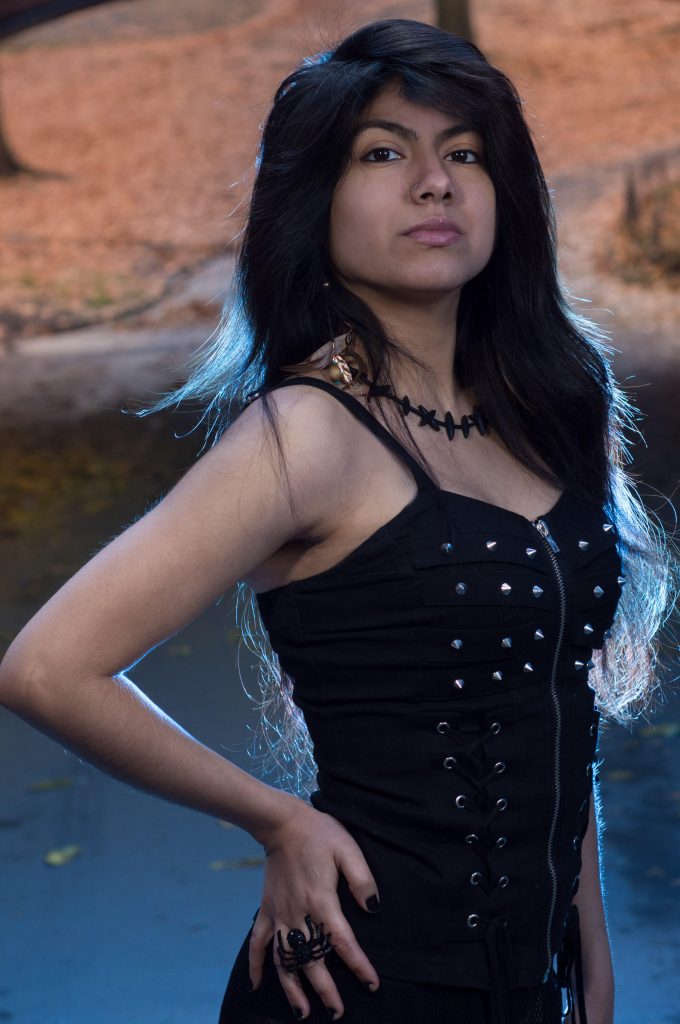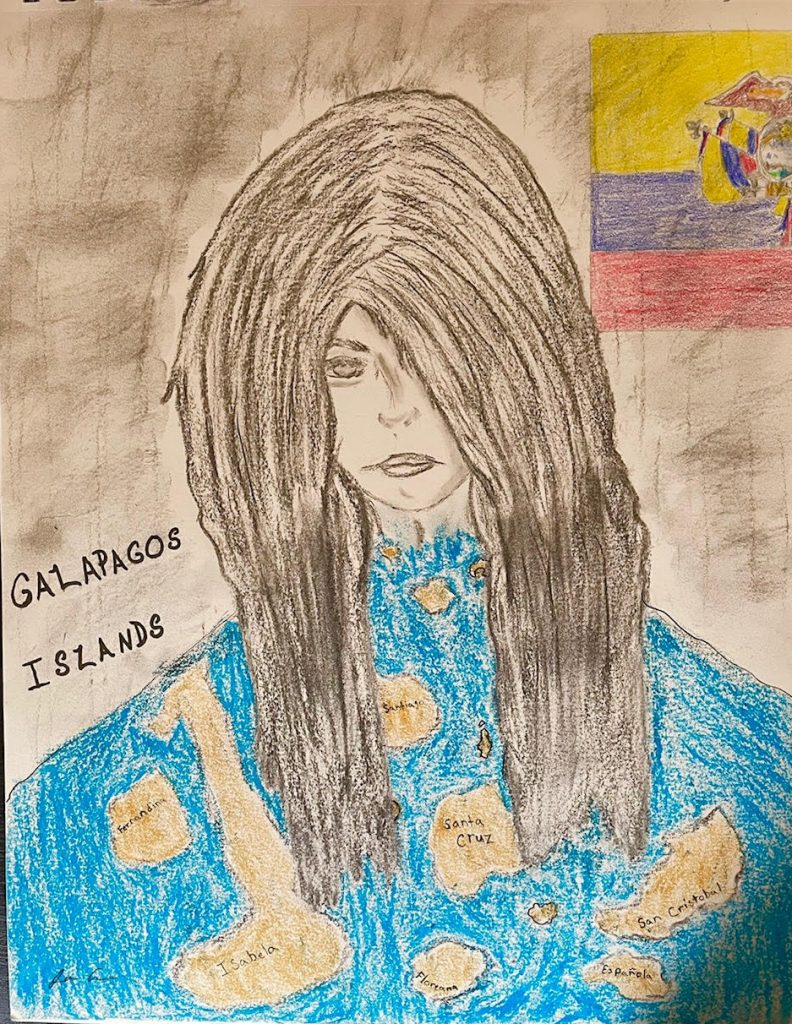Through our Featured Member series, AATA celebrates the work of our members. During Hispanic Heritage month, we are highlighting the experiences, perspectives and work of Hispanic and Latino American-identifying art therapists and AATA members.
September 21, 2021
Tell us about yourself
 My name is Jessica Cabrera, and I identify myself as an Ecuadorian American. I have my Associates degree in Applied Science with a Multimedia and Design major and a Bachelor’s degree in Fine Arts. I am attending Edinboro University majoring in counseling and concentrating in art therapy. I have two more semesters left; and I should be graduating in the summer of 2022. My focus is on being a creative art therapist in NYC. Additionally, I am currently interning for The Bridge Pros (Personalized Recovery Oriented Services) program. I am providing group counseling and individual counseling for adults living with serious mental illness. I work full time as an intensive gender-based violence (GBV) case manager. I am often assigned to cases with Spanish-speaking clients. I provide ongoing case management services to high-risk GBV clients and carry a caseload of high-risk cases such as human trafficking, sexual violence, family violence, and intimate partner violence (IPV).
My name is Jessica Cabrera, and I identify myself as an Ecuadorian American. I have my Associates degree in Applied Science with a Multimedia and Design major and a Bachelor’s degree in Fine Arts. I am attending Edinboro University majoring in counseling and concentrating in art therapy. I have two more semesters left; and I should be graduating in the summer of 2022. My focus is on being a creative art therapist in NYC. Additionally, I am currently interning for The Bridge Pros (Personalized Recovery Oriented Services) program. I am providing group counseling and individual counseling for adults living with serious mental illness. I work full time as an intensive gender-based violence (GBV) case manager. I am often assigned to cases with Spanish-speaking clients. I provide ongoing case management services to high-risk GBV clients and carry a caseload of high-risk cases such as human trafficking, sexual violence, family violence, and intimate partner violence (IPV).
What does Hispanic Heritage Month mean to you? How do you use art to honor your culture or heritage?
For me, Hispanic Heritage Month is a celebration of diverse cultures and a reminder to reflect on Latinos’ and Hispanics’ contributions to the American Latino community. I show appreciation of Hispanic Heritage Month because of the sacrifice my parents endured. They gave my siblings and me the opportunity for growth and access to achieving our goals. As an Ecuadorian American, I would like to utilize art to collaborate with the Hispanic community by sharing my knowledge and giving them access to share their culture with creative art.

“Las Islas de los Encantos” (Enchanted islands), by Jessica Cabrera. Color pencil, ink pen, oil pastel and charcoal. August 30, 2021. I depicted the Galapagos Islands map because of the love I have for animals and nature. I am honored to be an Ecuadorian American. I will continue to appreciate my culture by creating more artwork based on my ethnicity.
What have your experiences been like doing art therapy with Spanish-speaking populations? Do you think those clients would have had access to art therapy if you weren’t available?
The reason for wanting to join AATA is to obtain knowledge in providing art therapy for Spanish-speaking populations. I did co-lead art interventions for mental stretching for individuals who experienced domestic violence. However, Spanish-speaking clients did not join because not many of the participants spoke their language. The program was helpful because it focused on providing outreach to survivors of domestic abuse, economic hardship, sexual assault, and human trafficking with a safe place to express themselves by creating art. The nonprofit organization does not only help with giving survivors a safe space but also encourages them to engage in entrepreneurialism. Before the pandemic, I worked alongside the participants and their children while they were creating art. The Spanish-speaking clients who joined did not stay long because of language barriers between the members. During the pandemic, I had the opportunity to co-lead art interventions for mental stretching, but again Spanish-speaking participants did not join. I would like to lead a group for clients who only speak Spanish. I want them to be able to feel comfortable in communicating with one another.
In what ways does attending a predominantly white institution (PWI) affect your art therapy training? Are there systems in place to address diversity and make transformative changes?
Attending a predominantly white institution (PWI) has not affected my art therapy training. However, before knowing the existence of Edinboro University, it was frustrating to find a graduate school that was accessible for a full-time worker. Searching in NYC was frustrating because being a part-time student was not an option. I was discouraged when they told me I had to quit my job or find a way to work part-time. But in the end, I did not give up and discovered Edinboro University. Overall, I would like to engage with therapists and students who are Hispanics and Latinx for future projects with their communities.
There are many communities fighting for long-overdue justice. How have you incorporated intersectionality in your advocacy and practice?
I am currently interning for The Bridge Pros (Personalized Recovery Oriented Services) program and providing them with group counseling and individual counseling. I am working with a diverse population of adults living with serious mental illnesses to achieve their personal goals. Being aware of their challenges and values helps me incorporate intersectionality into my art directives. I am fully aware of the importance of knowing my privileges and in some cases, as a Hispanic woman, I can relate to some of their struggles.
Is there anything else you would like to share?
I’m interested in all types of design, but I’m most interested in creating dark art. I recently created my Etsy shop (JessserenityArt) and it has a variety of dark art selections. It is unique because it has a combination of gothic and anime elements.
